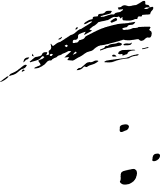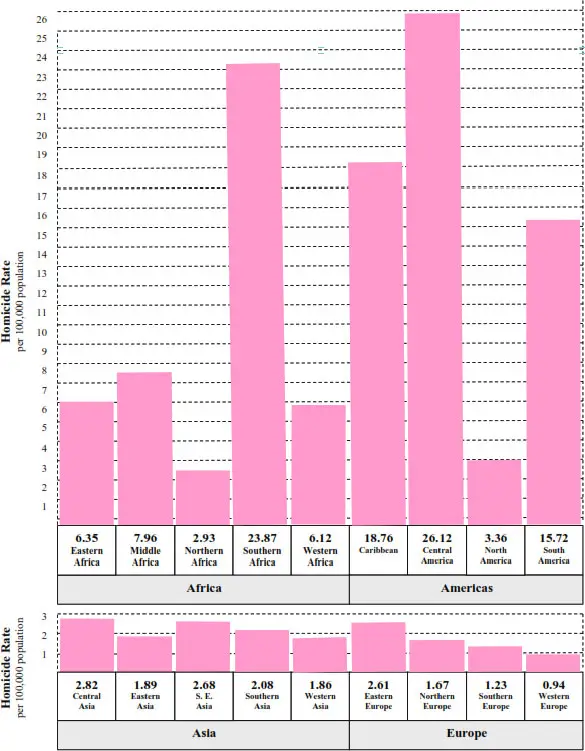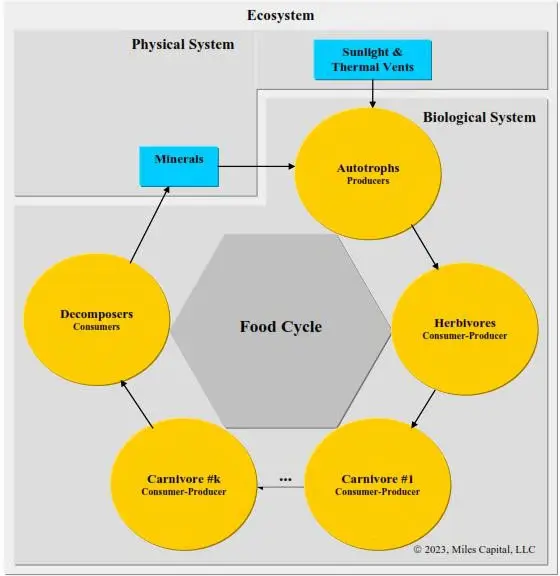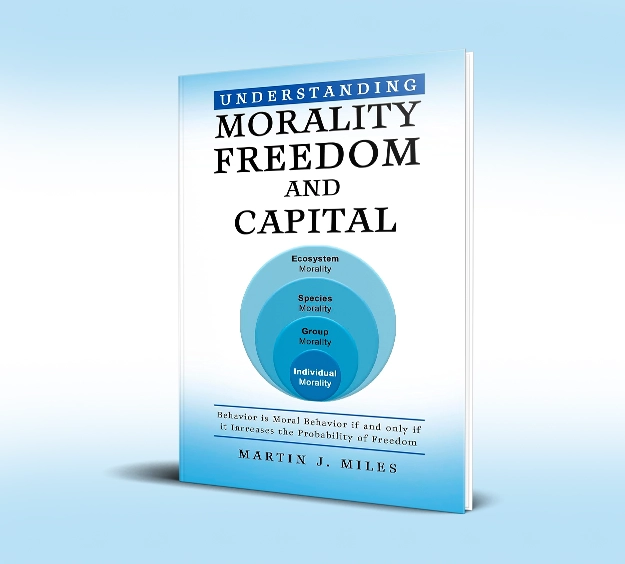About Book
Understanding Morality, Freedom and Capital
Behavior is Moral Behavior if and only if it Increases the probability of freedom
“What if morality wasn’t just a social construct but something wired deep into our biology? Join us for an eye-opening interview with mathematician and author Martin J. Miles as he breaks down his book Understanding Morality, Freedom and Capital. From evolutionary moral codes to how modern capital has outpaced human instincts, this discussion is a powerful blend of science, philosophy, and freedom. A must-listen for thinkers, seekers, and change makers. Let’s explore the math behind moral behavior — and why it might just be the key to saving humanity.“

This is a story about all of us!
The Beginning
The origin of the Universe occurred approximately 13.8 billion years ago (i.e., the Big Bang), and its Second Law of Thermodynamics (i.e., entropy) states that energy tends to flow to regions of lesser energy. This law requires living entities to constantly replenish their energy. In fact, on Earth, the flow of energy distinguishes the physical system from the biological system: In the physical system, energy tends to flow to regions of lesser energy, and the biological system exists only because, approximately 3.5-4.0 billion years ago, some molecules were able to divert energy for a purpose – the necessities of life. Life is the basic freedom. Life must be maintained constantly by moral behavior that replenishes energy (i.e., natural resources) lost to entropy.


Morality is Innate because it is Fundamental to Evolution
It is difficult to imagine that humans could evolve with all of their anatomy intact – except their guide to evolution (i.e., innate basic morality). This oversight would be similar to designing a car without a gas tank or with no way of knowing how to refill the tank. This doesn’t make sense! Moral behavior must be innate, and if it is innate, there is no universal morality.
At a Minimum Our Moral Behavior Maintains Life (i.e., Our Basic Freedom)
Our moral behavior must continually maintain life (i.e., our basic freedom). We believe that this is the only book that provides a model for the relationship between moral behavior and freedom. When life began, 3.5-4.0 billion years ago, we moved from the physical system, where the freedom of a rock is zero, to the biological system, where the freedom of life is potentially unlimited.
Four Levels of Moralities
Our individual morality guides us, but our morality also depends on the genetic distances between us and three other levels of living entities. Therefore, we define four levels of gradually diminishing empathy for others:
- individual morality (i.e., self-interest morality for ourselves),
- group morality (i.e., magnanimous morality with respect to family and friends)
- species morality (i.e., mundane morality with respect to other humans that are strangers to us), and
- ecosystem morality (i.e., necessary morality with respect to all nonhuman life).

We Have Two Critical Types of Morality Situations
- Countless Innate Individual and Group Moralities Exist over the Earth.
Evolution designs humans, not to be “better”, but to be better adapted to their native environments. Consequently, rather than one universal innate morality, there are countless versions of innate morality. (Figure 2.2.4-1 in the book depicts global human migrations over the last 100,000 years). As an example of varying moralities, homicide rates vary widely over the Earth. (See Figure 5.2.2-1 in the book and on this webpage.) Of course, this variation can now be a problem when we migrate or mix. Table 5.3.1-1 in the book lists moral precepts of the five largest religions. The precepts could augment the basic morality. The precepts are examples of moral behavior that could increase the probability of freedom. - Neither Species Morality nor Ecosystem Morality Exist for Novel Modern Situations.
Even though humans have evolved over 2.5 million years, we have not yet evolved morality for situations that are novel within approximately the last 7,000 years; these situations are too recent for evolution. Approximately 7,000 years ago, capital (i.e., knowledge and its manifestations), which increases exponentially, reached a rapid rate of development that whelmed the relatively slow rate of evolution. Consequently, there are many novel types of situations for which we have not evolved morality – and we have only dilemmas. The seriousness of this cannot be overstated! It is estimated that delays in the evolution of species morality have caused billions of humans to be killed by conflicts and wars. We have evolved moralities for individuals and our group, but not for strangers or the ecosystem. It is eerie to realize that in these situations our moral judgment applies only to ourselves and our group – but not to strangers or our ecosystem: Our moral dilemma is analogous to this: How can we hit the bulls-eye of a target that has not yet evolved? Was Christopher Columbus to blame for coming to the “New World”? We don’t have the moral ability to answer this type of question; it requires species morality. Similarly, most people have a “feeling” about the conflicts in the Middle-East, but none of us have the species morality to make a “moral” judgment. Figure 8.3.1-1 in this book is an interesting frequency diagram about the Industrial Revolution and world-wide slavery.
Accurate Definitions of Important Parameters
In this book, we have developed a few simple and accurate mathematical models for the following four parameters:
- moral behavior,
- individual freedom as a function of moral behavior (See Figure 6.2.2-2 in the book and on these webpages.),
- accuracy, and
- market freedom as a function of accuracy.
Moral Behavior, Freedom, and Capital are Three Mutually Augmenting and Exponential Parameters
All of these three parameters are exponential because they change in proportion to the amount present (e.g., interest paid on a bank balance). The relationships among these three parameters can be stunningly effective and productive. (See Figure 7-1 in this book.)
Productivity is the ratio of production and consumption:
Productivity = production/consumption.
The productivity of the food cycle is 1. That is, in the food-cycle, production = consumption. In fact, without capital, productivity cannot exceed 1! The rates of capital development and productivity have increased so dramatically that human evolution has been left far behind. Capital has facilitated migration, and this has allowed our environmentally designed moralities to become mixed. It has also caused huge disruptions and exposed large vacancies of species morality and ecosystem morality.
Naturally Opposing Binary States
Because capital is unnatural, it can enable both good and bad results. Some unexpected disruptions have also occured within naturally opposing binary states. In various forms, naturally opposing binary states have intrigued mankind for centuries, and in China and Asia, they are called Yin-Yang. Following are four examples of naturally opposing binary states:
- consume-produce,
- supply-demand,
- risk-reward, and
- rights-responsibilities (e.g., freedom-moral behavior)
What happens when capital alters or defeats the relationship between naturally opposing binary states? Below are a few examples.
Consume-Produce
Consume-produce was the food cycle, but now, because of capital, it is much more for humans. Figure 8.3.4-1 depicts the six stages of the food cycle in the book and in these web-pages. The more capital has been available to humans, the more they have risen to the top of the carnivore stage of the food-cycle.
Supply-Demand
Supply-demand is a market phenomenon that indicates the price of a good or service. The values of goods and services in modern markets can be inaccurate if either supply, demand, or both are manipulated. However, in a free market, the price indicates the true value of a good or service.
Markets can also be corrupted by selecting an individual for a position because of the individual’s identity rather than the individual’s merit. (Natural selection is merit-based; it is a natural law of life.)
Risk-Reward
Risk-reward has been altered or defeated by capital in some cases. For example, when a bank goes broke, the public, not the bank, assumes the risk.
Rights-Responsibility (e.g., Freedom-Moral Behavior)
Rights are a subset (i.e., a type) of freedom, and responsibility is a subset (i.e., a type) of moral behavior. Undoubtedly, rights-responsibility, is the most dangerous and insidious binary pair.
Because of entropy, humans are frequently looking to others to assume some of their responsibility, but, when governments assume their responsibilities, they also take their rights. It always happens. Socialism and communism are examples of governments that assume individual responsibilities. It is only a matter of time before individual rights vanish. See Figure 8.3.5-1 in this book. It is a perfect depiction of the economist Frederich Hayek’s book, “The Road to Serfdom.”
This book explains why we believe that morality is innate. Countless environments design our moralities to increase our probability of freedom in the environment in which we evolved. Knowing that our moralities are necessarily varied and that we do not possess either species or ecosystem morality should encourage us to judge each other with more understanding. I really hope it will.


